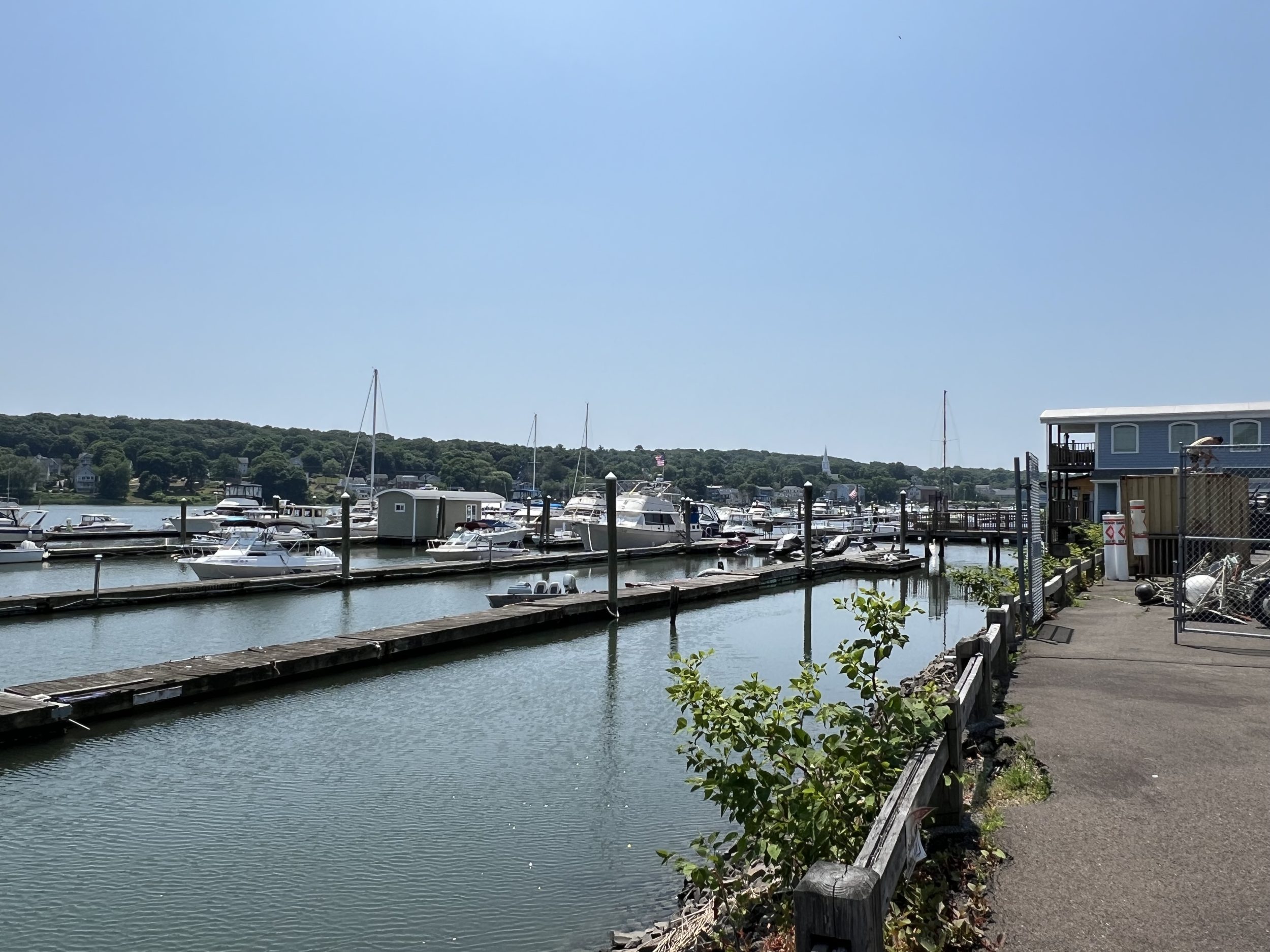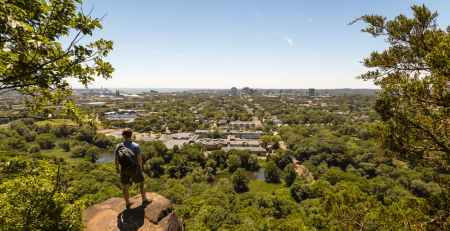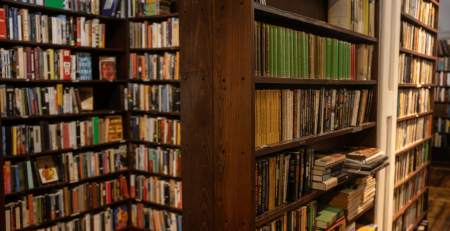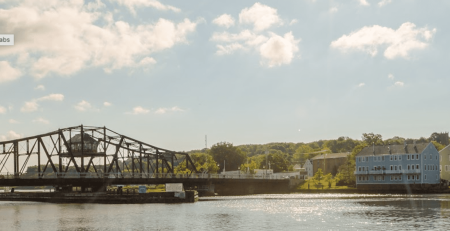New Haven is known for many things. We’re the Pizza Capital of the nation, the birthplace of the hamburger sandwich, the home of the Bulldog, and a hub for acolytes of the Atlantic Oyster. Long before we put meat between buns and pies in pizza ovens, our city’s food culture centered around something entirely different – and best enjoyed raw.
Dating back to 1638, the Atlantic Oyster was a staple in the New England diet, with the hard-shelled bivalve playing an integral role in the fledgling Quinnipiac colony. In fact, shallow, pristine beds along the Long Island Sound were so abundant with mollusks that locals could wade into the water and grab as many as they liked.
By the mid-18th century, it was clear that the beds were less bountiful as a result of unregulated harvesting, causing townsfolk to create “Oyster Laws,” which prohibited raking during prime breeding months, from May to August. Additionally, “watchhouses,” or small huts on the coastline, were erected for men to guard the waters at night, and violators were subject to a penalty of twenty shillings per bushel. These new laws were rarely enforced and as a result, did very little to restore our city’s oyster numbers. And so, by 1830, the beds were deemed so impoverished that attention was focused on importing oysters to replenish the local beds and create new man-made ones.
Almost immediately, the Atlantic Oyster trade began to flourish in New Haven, with the start of each harvesting season kicking off with a festival known as “the Annual Oyster Derby,” attracting visitors from all over the state. By the early 1900s, New Haven’s oyster industry had reached its peak, entering a decline amid industrialization of the region and a reworking of the city’s topography.
Today, while local oyster harvesting isn’t as plentiful as it once was, Connecticut’s oyster industry is enjoying a slow but steady renaissance of sorts thanks to increased public awareness and restoration efforts. In 2008, more than 160,000 100-count bags of Connecticut-grown oysters, worth more than $6 million, were marketed throughout the country. In more recent history, an expanded oyster farm in the Fair Haven Heights neighborhood received unanimous city approval in 2021. A true 21st century operation, the farm would make the process of spawning and harvesting oysters more predictable, more regular, and more of an economic engine for the business, the neighborhood, and the city.
For a taste of New Haven history, locals and visitors can relive New Haven’s oyster heydays with a visit to Pacifico and Fair Haven Oyster Company, for some of the best raw bites around. While these oysters may not be the same the colonial Quinnipiacs enjoyed, they offer diners a chance to step back in time to the beginning of New Haven’s storied history.












